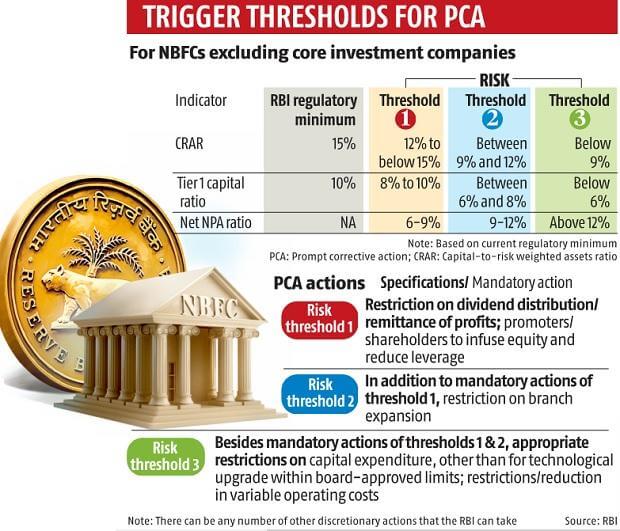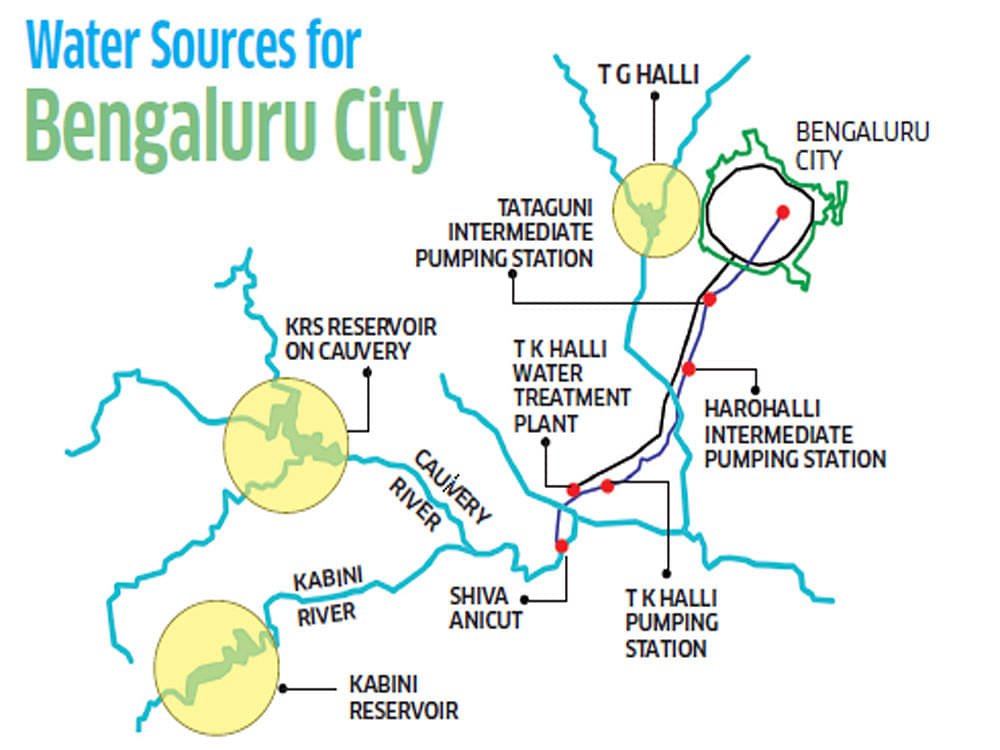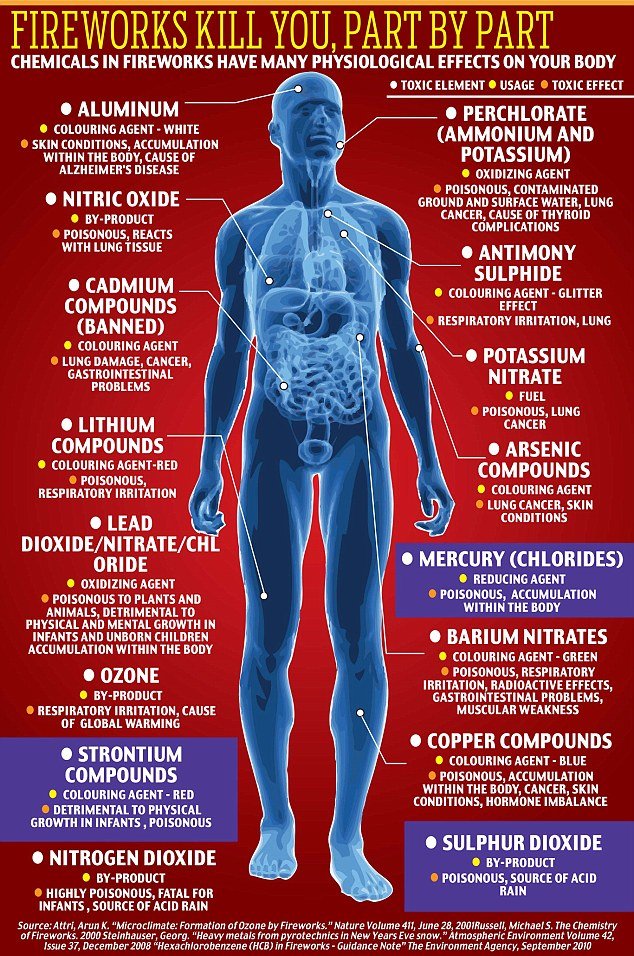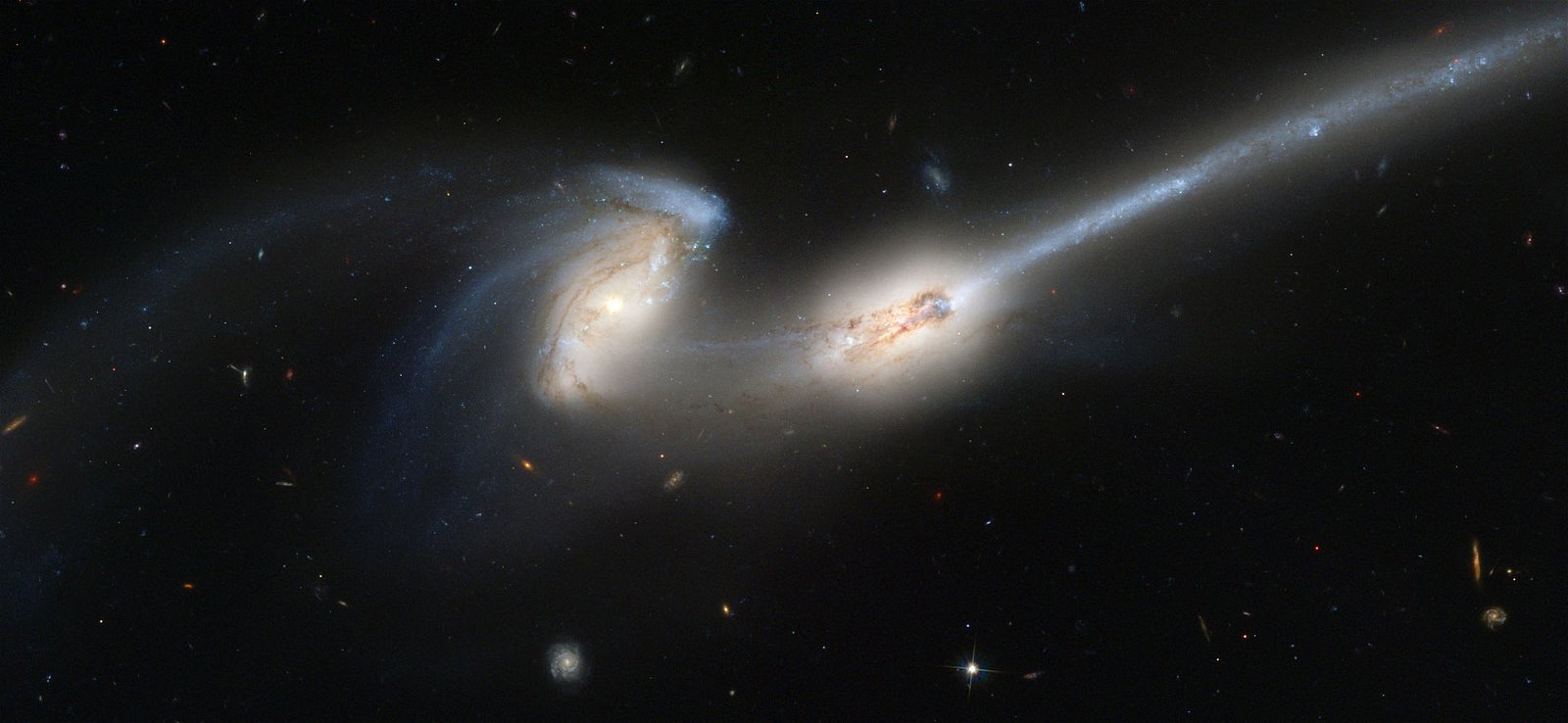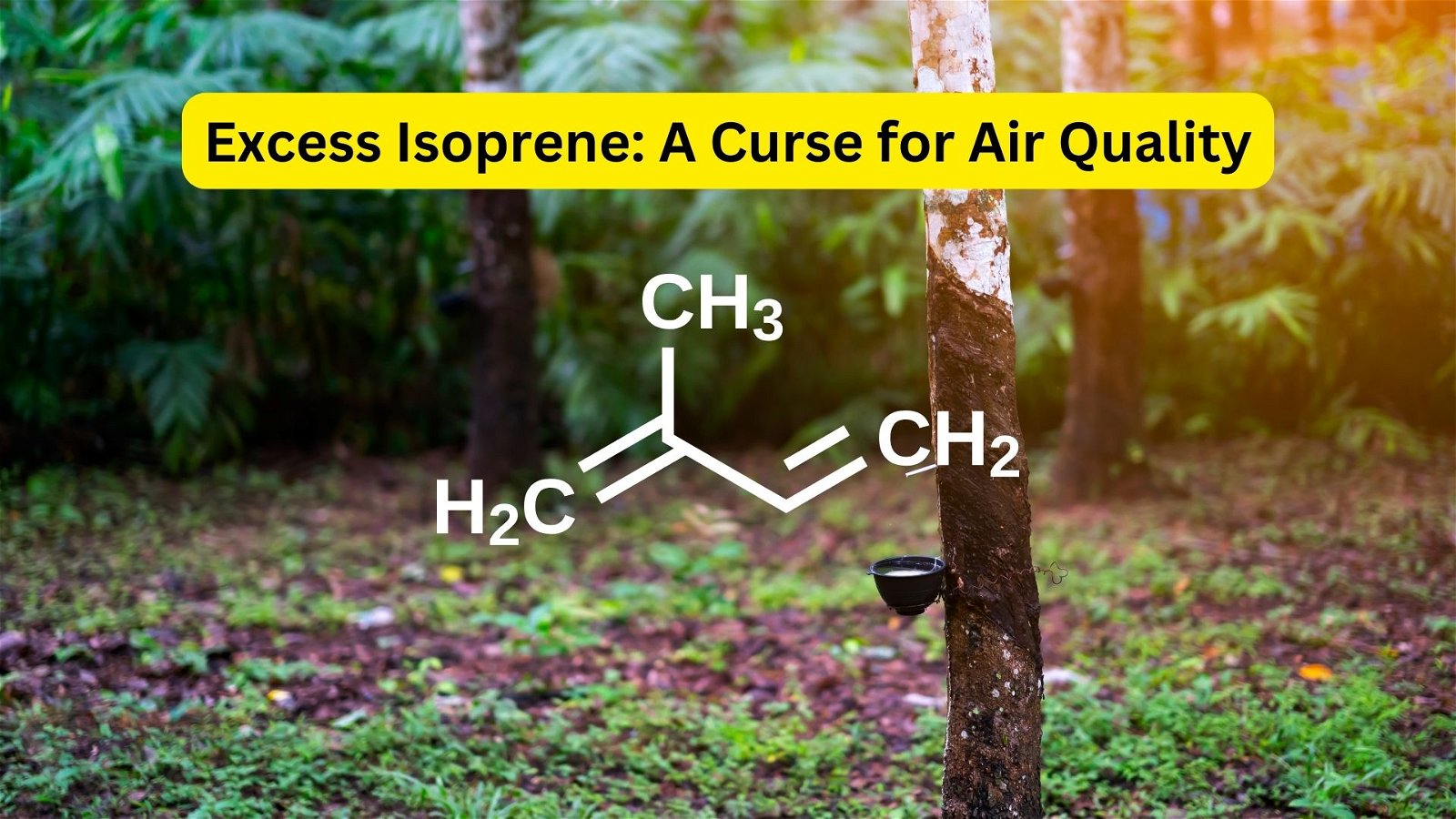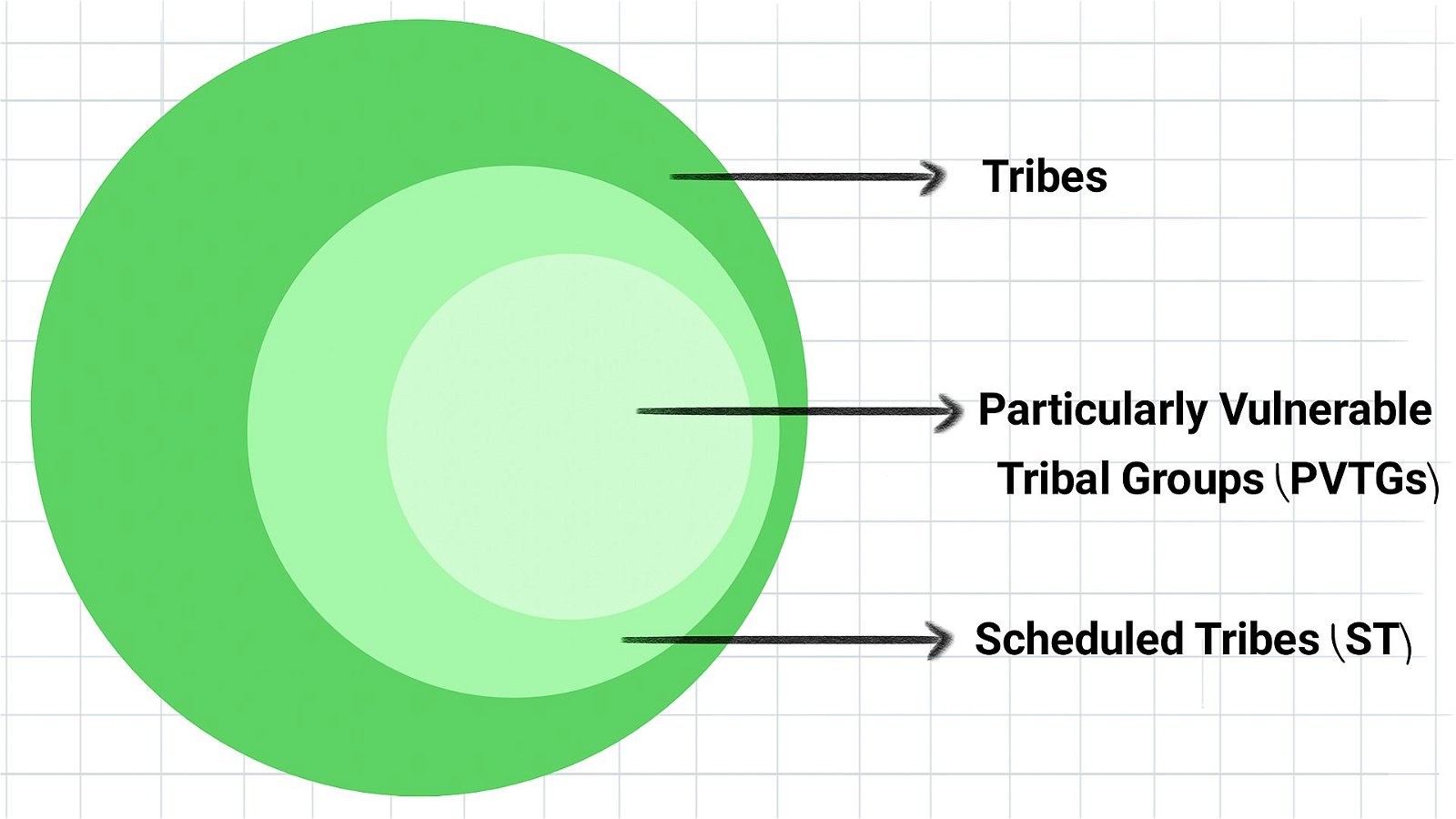
Current Affairs for UPSC Civil Services Exam – May 17, 2024
Subscribers of "Current Affairs" course can Download Daily Current Affairs in PDF/DOC
Subscribe to Never Miss an Important Update! Assured Discounts on New Products!
Must Join PMF IAS Telegram Channel & PMF IAS History Telegram Channel
{GS1 – Geo – PG – Climatology} Floods in Kenya
- Context (TH): Heavy rains & floods in East Africa have impacted Kenya, Somalia, Burundi & Tanzania.

Reasons for floods in Kenya
- Rainfall seasons: Long rain season from March to May & short rain season from October to December.
- The short rain season in 2023 caused floods, and since March, Kenya has been facing heavy rainfall.
El Niño
- Flooding in Nairobi and other parts is not unusual. The impact of El Niño induced heavy rains and flooding during the long rainy season (March-May) has been devastating in Kenya and other countries.
Indian Ocean Dipole (IOD)
- It is characterised by a difference in temperature between the western and eastern Indian Oceans.
- A positive value represents above-normal sea surface temperatures in the equatorial eastern Indian Ocean and below-normal temperatures in the western equatorial Indian Ocean.
- IOD for the April end was above the positive IOD threshold (+0.40 degrees C).
- 1997-98 IOD was identified as the strongest ever led to “catastrophic flooding” in East Africa.
Concerns raised due to Kenyan floods
- Economic loss: Floods are estimated to cost 5.5% of the country’s GDP every seven years, while the larger economic cost of climate change in Kenya is 2 –2.4% of the GDP each year.
- Risk to vulnerable populations: Such events are particularly concerning for marginalised and at-risk populations, including older people, people with disabilities, people in poverty, and rural populations.
- Diseases spread: The flood has also increased the risk of water-borne diseases like cholera.
- Displacement: Thousands of people have been killed, injured, or displaced.
{GS1 – Geo – PG – Geomorphology} Polar reversal *
- Context (TOI): The Earth’s magnetic poles are showing signs of shifting (Polar reversal).
- The North Pole’s accelerated movement towards Siberia could be a precursor to a reversal.

Credit: Peter Reid
What is Polar Reversal?
- The Earth’s magnetic field is not static and experiences fluctuations over time.
- During this geomagnetic reversal, the Earth’s magnetic field gradually weakens, flips in polarity, and then gradually strengthens again.
- It is gradual and part of Earth’s natural cycle. Geological records show pole reversals occur every 200,000 to 300,000 years.
- The exact cause of geomagnetic reversals is believed to be related to changes in the Earth’s outer core.
- The outer core of the Earth is made of liquid nickel and iron.
Concern
- The Earth’s magnetic field shields us from harmful solar radiation. During a reversal, the magnetic field weakens, potentially exposing the planet to increased solar radiation.
- It may affect living cells, animal migratory patterns, power grids and satellite communications.
{GS1 – MIH – Events} Civil Disobedience Movement in Tamil Nadu *
- Context (TH): Gandhi’s associate, C. Rajagopalachari, assumed the responsibility of leading the Civil Disobedience Movement in Tamil Nadu.
- Rajaji commenced the Satyagraha on April 13, 1930. It was accompanied by the song “Kathiyindri, rathamindri, yudham ondru varugudhu” by poet Namakkal V. Ramalingam Pillai.
- He marched approximately 150 miles from Tiruchirappalli to Vedaranyam (Nagapattinam district).
- Sardar Vedaratnam Pillai, a salt merchant and Gandhian, influenced Rajaji’s choice of Vedaranyam over Tuticorin for the march.
- He was convicted and sentenced to six months of rigorous imprisonment.
- Women, including Rukmini Laxmipathi and Sucheta Kripalani, participated in the march.
C. Rajagopalachari
Sucheta Kripalani
|
{GS2 – Governance – Laws} Lawyers not under Consumer Protection Act (CPA) **
- Context (TOI I IE): The SC held that advocates are not liable for service deficiencies under the Consumer Protection Act 1986 and cannot be sued for poor service in consumer courts.
- The judgment stems from an appeal against the 2007 NCDRC decision that lawyers’ services fall under Section 2(O) of the CPA, 1986.
- If there is any deficiency in service, the NCDRC held that a complaint could be filed under the CPA.
- SC is also considering whether medical professionals should be protected from CPA.
SC’s Ruling
- The success of “professionals” often depends on factors outside their control.
- Clients cannot take legal action against their lawyers by claiming they did not provide proper “service” as per the CPA.
- A lawyer’s services must be treated differently from any other business or trade.
- The distinction between the terms ‘business’ and ‘trade’, which imply a commercial interest, and the term ‘profession’, which involves a specialised branch of learning or science, is crucial.
- An advocate’s actions affect not only the client but the entire justice delivery system, making it “unique.”
- The term ‘service’ is defined very broadly under the CPA but excludes free services and contracts of personal service.
- The advocate and client enter into a contract of personal service, which cannot be a source of challenge under the CPA.
- SC’s decision in Indian Medical Association v V.P. Shantha (1995) — where the court held that services by medical practitioners would fall under the CPA — should be revisited.
Petitioner’s Argument
- The legal profession must be differentiated from other businesses or trades, and even among other professions, lawyers occupy a unique space.
- Lawyers cannot act as a “mouthpiece” for their clients even after payment of fees as lawyers have duties to the court and their opponent as per the Bar Council of India Rules, 1961.
- As a part of a lawyer’s duty toward the court, they must “refuse to represent clients who insist on unfair means.
- Lawyers do not have control over the outcome of a case due to the complexity of legal issues, which involve intricate statutes and case laws and often lack a definitive answer.
- Legal outcomes are also dependent on the strategies of the opposing side.
- Unlike medicine, where a universal standard of care exists, no such objective standard applies in law due to each lawyer’s unique style of advocacy.
- The Advocates Act of 1961 provides remedies for professional misconduct, and the Advocates Act gives Bar Councils (both at the state and national level) disciplinary powers in such cases.
- The Advocates Act would be applied rather than the CPA regarding advocates’ conduct.
Consumer Protection Act, 2019
- It came into force in 2020.
- The new act will be swift and less time-consuming compared to the older CPA, 1986, in which single-point access to justice was given, making it a time-consuming exercise.
- The old act provided for a three-tier consumer dispute redressal machinery at the National (National Consumer Disputes Redressal Commission), State and District levels.
Provisions of the Act
- The CPA 2019 establishes the Central Consumer Protection Authority (CCPA), whose primary objective is to promote, protect, and enforce consumer rights.
- It is empowered to:
- Conduct investigations into violations of consumer rights and institute complaints/prosecution.
- Order recall of unsafe goods and services.
- Order discontinuance of unfair trade practices and misleading advertisements.
- Impose penalties on manufacturers/endorsers/publishers for misleading advertisements.
Product Liability
- A manufacturer, service provider, or seller must compensate for injury or damage caused by defective products or deficient services.
- Basis for product liability action:
- Manufacturing defect.
- Design defect.
- Deviation from manufacturing specifications.
- Not conforming to express warranty.
- Failing to contain adequate instructions for correct use.
- Service provided-faulty, imperfect or deficient.
Punishment for Manufacture or Sale of Adulterated/Spurious Goods
- For a first conviction, a court may suspend the person’s license for up to two years.
- For subsequent convictions, it may cancel the license permanently.
Alternate Dispute Resolution Mechanism of Mediation
- A complaint will be referred by a Consumer Commission for mediation wherever scope for early settlement exists and parties agree to it.
- The mediation will be held in the Mediation Cells, which will be established under the aegis of the Consumer Commissions.
- There will be no appeal against settlement through mediation.
Simplification of the Consumer Dispute Adjudication Process
- Empowering the State and District Commissions to review their own orders.
- Enabling a consumer to file complaints electronically and in consumer commissions that have jurisdiction over the place of his residence.
- Video-conferencing for hearing and deemed admissibility of complaints if the question of admissibility is not decided within the specified period of 21 days.
Other Rules and Regulations
- As per the Consumer Disputes Redressal Commission Rules, there will be no fee for filing cases up to Rs. 5 lakh.
- The credit for the amount due to unidentifiable consumers will go to the Consumer Welfare Fund (CWF).
- State Commissions will furnish the GOI with quarterly information on vacancies, disposals, the pendency of cases, and other matters.
- The Central Consumer Protection Council Rules provide for the constitution of the Central Consumer Protection Council (CCPC):
- It will be an advisory body on consumer issues
- It will be headed by the Union Minister of Consumer Affairs, Food and Public Distribution, with the Minister of State as Vice Chairperson and 34 other members.
- It will have a three-year tenure and will have a Minister-in-charge of consumer affairs from two States in each region—North, South, East, West, and North-East Region.

{GS3 – Envi – Species} Mitogenome Study of South Africa’s Leopards *
- Context (DTE): New genetic research has found South Africa’s Mpumalanga-based leopards originated from an ice age almost 1 million years ago.
Mitogenome
- Mitogenomes or mitochondrial genomes are DNA molecules that float outside the cell nucleus.
- They store their own set of genetic information and are maternally inherited, which means they are only passed on from mother to offspring.
- They are so abundant in cells that it is very easy to extract them.
- Studying mitogenomes is a reliable way to track a species’ ancestry because genes mutate (change) at a regular rate over time.
Findings of study
- South African leopards originated from two unique clades (or sub-families) that were found in southern and central Africa approximately 0.8 million years ago.
- These clades likely originated during the Mid-Pleistocene (Ice Age), a period between 1.6 million and 0.52 million years ago when the world experienced an unstable climate.
- In sub-Saharan Africa, the Pleistocene, often referred to as the Ice Age, was marked by cool and dry cycles alternating with warm and wet climates.
- This drastically changed the landscape across the African continent, leading to repeated expansions and contractions of savanna grasslands.
- Animals like leopards were forced to move around, looking for grasslands for prey.
- During dry periods, animal populations became isolated as deserts took over the grasslands, becoming a barrier that kept leopards apart.
- Once the leopard populations became separated, their genes started to differentiate over time.
Significance of the findings
- This is the first time that the leopard mitogenomes from South Africa have been put together, allowing us to classify these leopards properly.
- It is crucial to know which animals are genetically diverse to maintain this diversity across large areas.
- When animals are genetically diverse, they have more chance of surviving disease outbreaks.
To know more, visit > Leopards.
{GS3 – IE – Growth} Five-Point Plan for India’s Economic Recovery **
- Context (IE): Bank of Baroda’s Chief Economist proposes a Five-Point Plan for India’s Economic Recovery.
The Five-Point Agenda & Ways to Achieve It
1. Reviving Private Investment
- Production Linked Incentive (PLI) scheme should be expanded to include SMEs (small and medium-sized enterprises). For this, incentives like investment allowance should be considered.
2. Increasing Household Consumption
- To increase consumption, the government has to work on the fiscal side and reconsider tax rates.
- Lower direct tax rates to increase disposable income.
- Rationalise GST slabs.
- Reconsidering the old tax scheme and providing more savings avenues.
|
3. Employment Generation
- The government can fill vacant positions. For an increase in private jobs, consumption should increase.
- Increased consumption will drive investments and create jobs.
4. Focus on the Farm sector
- Revisit and discuss farm laws to find acceptable solutions.
- Consider government participation in farming through state cooperatives since government intervention can address crop failures and prevent price increases.
- Standardise procedures for procurement and distribution.
- Revoke ban on futures trading in oilseeds, pulses, and cereals & allow market operations for better productivity through price discovery.
5. Integrate India into Global Supply Chains
- Enter more free trade agreements with large trading partners.
- Accelerate growth in merchandise exports.
|
{GS3 – S&T – Space} NASA’s Polar Mission: PREFIRE *
- Context (IE): NASA is launching a polar mission called PREFIRE (Polar Radiant Energy in the Far-InfraRed Experiment). The mission involves two tiny twin satellites.
- The satellites will orbit near-polar regions asynchronously, passing over the same spot on Earth at different times to maximise coverage.
- It will measure the radiant energy emitted by Earth’s polar regions.
- It will reveal the complete spectrum of heat loss from these regions for the first time.
Need
- Currently, about 60% of the heat energy radiated into space in infrared wavelengths has never been systematically measured.
- Earth absorbs a significant amount of energy from the Sun in the tropics, which is then transferred towards the poles through air and water currents, which are then radiated upward into space.
- The difference between how much heat Earth absorbs in the tropics and then radiates out to space from the Arctic and the Antarctic determines the planet’s temperature
- The PREFIRE mission seeks to address this by measuring the heat loss from the polar regions and improving the accuracy of climate models.
Significance
- The mission will provide data to enhance climate change predictions and forecasts of sea level rise.
- It will provide new insights into how Earth’s atmosphere and ice affect the heat radiated from the poles.
- It will help understand the reasons why the Arctic has warmed more than 2½ times faster than the rest of the planet since the 1970s.
- It will determine how efficiently far-infrared heat is emitted by substances like snow and sea ice and how clouds impact the radiation escaping into space.
- It will improve predictions of future changes in heat exchange between Earth and space and their effects on phenomena like ice sheet melting, atmospheric temperatures, and global weather.
Importance of Polar regions in understanding the global climate
- They play a crucial role in balancing the heat energy of the Earth.
- Changes in the polar regions can significantly impact global weather patterns and climate.
- For instance, alterations in the Arctic and Antarctic can lead to extreme weather events, such as storms, flooding, and coastal erosion, worldwide.
Heat Budget of the Earth
Credit: BBC |
{GS3 – S&T – Tech} Digital Arrest scam **
- Context (IE): The central government has collaborated with Microsoft to block more than 1,000 Skype IDs used in the Digital Arrest scam.
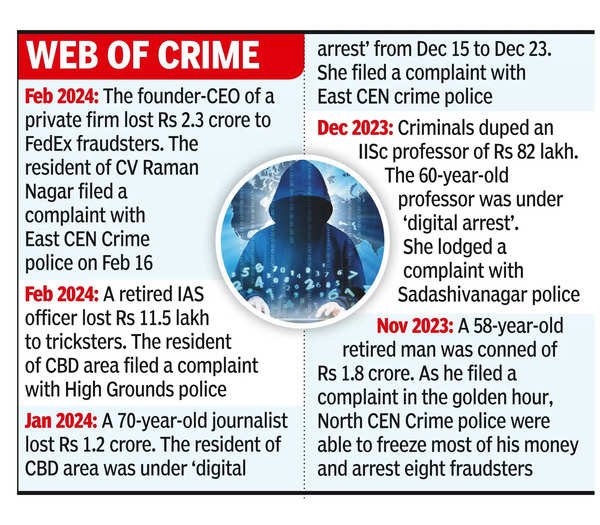
Credit: TOI
What is digital arrest?
- In a digital arrest, victims are forced to stay visible on video calls like Skype and are interrogated until they meet the criminals’ demands.
- Criminals use studios resembling police stations or government offices & pretend to be from the police, CBI, Narcotics Control Bureau, RBI, ED, and other agencies.
- Victims’ phone numbers are sourced from online databases or bought from corrupt bank employees.
- The recent shift to Skype is a new tactic. It allows them to target more victims & maintain anonymity.
- Artificial Intelligence (AI) is used to scare victims by mimicking the voices of their family members.
- Intelligence agencies concluded that these incidents are part of an organised online economic crime racket run by cross-border crime syndicates.
How Fraudsters Operate the Crime?
- The fraudster typically calls the victim and claims the victim has sent or will receive a parcel containing illegal items, fake passports, or contraband.
- Alternatively, they may claim a family member is involved in a crime or accident and is in their custody.
- To resolve this fake situation, the fraudsters demand a large sum of money.
Actions by the Centre
- The Indian Cyber Crime Coordination Centre (I4C) blocked more than 1,000 Skype IDs.
- I4C is also working to block SIM cards, mobile devices, and “mule” accounts used by cybercriminals.
- Money mules are innocent victims used to launder stolen money via their bank accounts.
- I4C posts infographics and videos on its social media platform Cyberdost.
- Such incidents can be reported via the cybercrime helpline 1930 or at http://www.cybercrime.gov.in.
{Prelims – In News} Global Report on Internal Displacement 2024
- Context (DTE): The Global Report on Internal Displacement 2024 (GRID-2024) was released by the Internal Displacement Monitoring Centre (IDMC).
- The Global Report on Internal Displacement is published on an annual basis.
|
Findings of the report
- In 2023, the number of internally displaced people increased to 75.9 million from 71.1 million in the preceding year.
- Sudan, Syria, the Democratic Republic of the Congo (DRC), Colombia and Yemen host nearly half of the world’s internally displaced people.
- Disaster-induced internal displacement population was 7.7 million (2023); one-fourth of it was caused by earthquakes.
- Internal displacement due to weather-related disasters came down by a third in 2023 in comparison to 2022. Overall, 56 per cent of all internal displacement in 2023 was caused by disasters, while the rest by conflict and violence
- In India, there has been a sharp decline in the number of displaced people in 2023 compared to 2022.
Internal Displacement Monitoring Centre (IDMC)
- It is a non-governmental organisation established in 1998 as part of the Norwegian Refugee Council.
- Headquarters: Geneva, Switzerland.
- It is the world’s leading source of data and analysis on internal displacement.
{Prelims – PIN World – Oceania} State of emergency in New Caledonia *
- Context (IE): A state of emergency has been imposed in New Caledonia.
- It is a French overseas island territory in the Pacific Ocean located near Australia.
- A recent French bill aims to give voting rights to French residents who have lived in New Caledonia for more than ten years but it was opposed by older residents.

French rule in New Caledonia
- Originally, indigenous groups, specifically the Melanesian Kanak people, have inhabited it.
- Western colonial interest in the island began with the arrival of British explorer James Cook in 1774.
- France annexed it in 1853 and initially used it as a penal colony for exiling its prisoners.
- Kanak people gradually gained access to civil rights after the Second World War.
Demand of independence
- Kanaks have often attempted to protest French rule, which led to the signing of transitional agreements for the country’s future political and economic systems.
- Nouméa Accord (1998) was signed between France & New Caledonia to grant limited autonomy.
- The majority voted against independence in three referendums in 2018, 2020, and 2021.
- The Kanaks (41%) generally favour independence, while European-origin groups (24%) and other immigrants want French rule to continue.
{Prelims – S&T – Defence} Bulava Missile
- Context (HT): The Bulava intercontinental ballistic missile (ICBM) was recently tested by Russia.
- The RSM-56 Bulava (NATO: SS-N-32) is a submarine-launched, three-stage solid propellant ballistic missile.
- It was designed to be deployed onto Russia’s Borey-class ballistic missile submarines (SSBN’s), also referred to as Dolgorukiy-class or Project 955 submarines.
- It has a range of 8,300 km and a payload of up to 10 multiple independently targetable re-entry vehicles or MIRVs, capable of delivering nuclear warheads to different targets.
Learn more on Ballistic Missile vs. Cruise Missile.
{Prelims – Sci – Bio – Diseases} TAK-003: Dengue Vaccine
- Context (FE): The World Health Organisation (WHO) has prequalified TAK-003 made by the Japanese drug maker.
- This is the second vaccine, the first being CYD-TDV, to be prequalified by WHO.
- TAK-003 is a live-attenuated vaccine containing weakened versions of the four serotypes of the virus that cause dengue.
- It can be administered to children aged 6 to 16 years, with a high dengue burden and transmission intensity.
|
Learn in detail about Dengue.







![PMF IAS Environment for UPSC 2022-23 [paperback] PMF IAS [Nov 30, 2021]…](http://pmfias.b-cdn.net/wp-content/uploads/2024/04/pmfiasenvironmentforupsc2022-23paperbackpmfiasnov302021.jpg)



